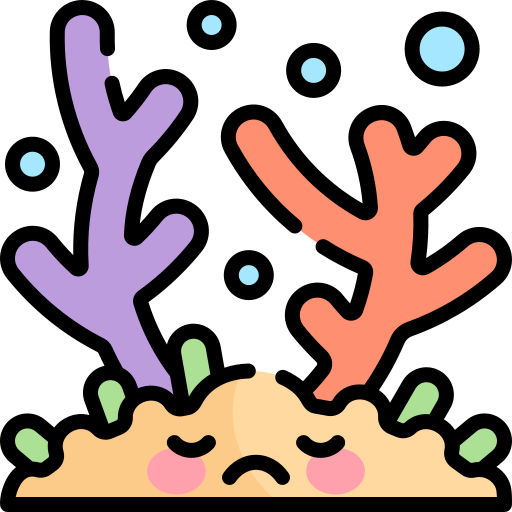You are using an out of date browser. It may not display this or other websites correctly.
You should upgrade or use an alternative browser.
You should upgrade or use an alternative browser.
Live Rock
- Thread starter billysbob
- Start date
I picked up about 80 pounds from these guys and was satisfied. http://www.liveaquaria.com/product/scat ... pCatId=393 I wasnt to worried about shape though because I hand selected several show pieces to sit on top of my "rock piles" so to speak. If you can, I would also recommend hand selecting your rock from a LFS if possible. It may cost you more but you surely wont be dissapointed.
mr_X":25aitgsz said:What exactly happens in the "curing" process anyway?
I know uncured rock smells like a rotting halibut, but that's about all i know.
Good reading here on cycling. "Curing" is simply the proces of micro/macro organisms dying off the live rock and the bacterial process of breaking down the waste. Once the process is complete and the bacteria has stabilzed, the rock is "cured".
http://www.reefs.org/library/newbieguide.htm
A cycle is a process whereby bacteria are shifting their populations in both total numbers and in population types to deal with new food sources. When a tank is new and live rock has just been added, the die-off from the rock breaks down and releases ammonia. That ammonia is taken up by one type of bacteria and given off as nitrite. The nitrite goes through the same process and then is released as nitrate. Those processes happen in the presence of oxygen. Deep in the sand and rock, another type of bacteria exist in low oxygen areas that convert the nitrate to nitrogen. Nitrogen is completely non-toxic and can leave the system as a gas. That is the way in which our tanks cycle. If you start a tank with cured live rock (if truly cured and lacks large clumps of plant or sponge or the like material), then no cycle may be witnessed. If livestock is added slowly, the bacterial populations increase on demand without stressing the system.
Ammonia and nitrite are highly toxic compound generated from decaying matter and from fish waste. If a tank has any detectable ammonia or nitrite, you should not have any living animals present. Ammonia is more toxic in saltwater than in freshwater due to the higher pH of saltwater.
Our recommendation in this day and age is to NOT use livestock of any form to induce a cycle in a tank. Use live rock, cured or uncured, it matters not. Do NOT use dead animals either, it's the same reason. They are both methods from the past that have no place in today's reefing world. Forcing a cycle is not a real benefit if you stock slowly and properly and monitor a young reef tank. Many even believe that no swimming animals should be added until after a few months have passed. More on that later. The reason that you need no more than live rock is twofold: first, the rock already has a full complement of the bacteria you will need to get the tank going and secondly, there is enough 'matter' on the rock to provide 'food' for the bacteria that are the reason your tank is cycling.





